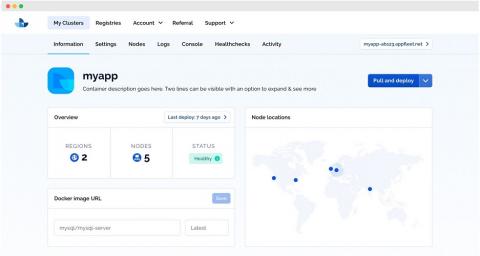Guard Your Business Like a Warrior with These 10 Tools
Cybersecurity has been a core issue in business management and growth. As businesses try to manage more remote teams, it’s important now more than ever. With technology becoming an integral part of our everyday lives, we’re exposed to an ever-growing risk of cyber-attacks and malicious technological crimes. According to a recent study, on average, hack attacks occur every 39 seconds. That is, one in three Americans is a victim of cybercrime every year.










